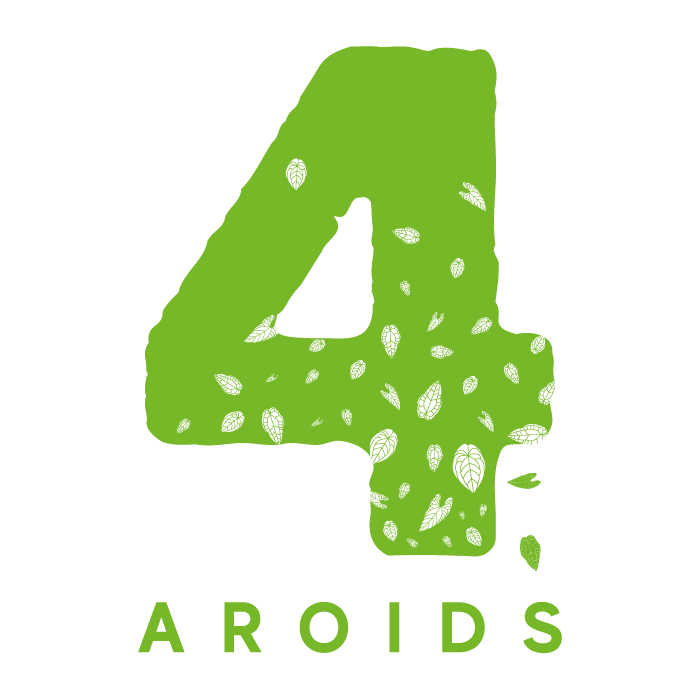The term UMOL (µmol) describes the amount of photons (light quanta) that hit a surface in a certain period of time and are in the range of photosynthetically active radiation (PAR).
PAR covers wavelengths between 400 and 700 nanometers (nm), i.e. the range of light that can be used by plants for photosynthesis. The unit μmol/m²/s indicates how many photons per second hit one square meter of surface.
Importance of UMOL for plant physiology:
- Photosynthesis: The amount of absorbed radiation in the PAR range correlates directly with the photosynthesis rate of the plants. A sufficient, but not excessive, photon flux density (μmol/m²/s) promotes growth, development and general vitality.
- Light management: Optimizing lighting based on UMOL values is crucial in agriculture and indoor horticulture. Targeted control of light intensity ensures that plants receive exactly the amount of light that is optimal for their specific needs.
Relationship between UMOL and PAR:
- Photosynthetically Active Radiation (PAR) is the spectral range of light used by plants for photosynthesis.
- The UMOL value is the specific unit of measurement that indicates how many photons hit a surface in this range (400-700nm).
- In contrast to light intensity in lux or watts, UMOL directly measures the light quality in terms of the photons relevant for photosynthesis.
Typical UMOL values
- Solar radiation: over 2000 µmol/m²/s on a cloudless day around midday.
- Artificial plant lighting: LED or HPS lamps (high-pressure sodium lamps) deliver 200-1000 µmol/m²/s, depending on the light source, arrangement and distance from the plant.
Measurement of UMOL:
The measurement is carried out using a quantum sensor that is specifically calibrated for the PAR range. Such devices measure the photon flux density precisely and are often used in plant research, greenhouse construction and commercial agriculture.
Optimal UMOL range for Anthurium:
- 30-100 µmol/m²/s: Ideal for uniform growth. This range is typical for slightly shaded locations.
- 100-200 µmol/m²/s: Tolerable with good air humidity and limited exposure time. However, longer exposure can lead to chlorosis (bleaching of the leaves) or sunburn.
- Over 200 µmol/m²/s: Generally unsuitable. Anthuriums are adapted to diffuse light and are not suitable for high radiation intensities.
Optimal μmol/m² / sμmol/m²/s range for Anthurium seedlings:
- 20-50 µmol/m²/s: Ideal for the germination phase and the first weeks of growth. Promotes slow but healthy development.
- 50-100 µmol/m²/s: Can be tolerated if the humidity remains high and the leaves do not dry out immediately.
- Over 100 µmol/m²/s: Too intense for Anthurium seedlings. Often leads to leaf necrosis or developmental disorders.
Practical tips:
- Light quality: In addition to the quantity (µmol/m²/s), the spectrum of the light source plays a role. Anthuriums benefit from a balanced PAR spectrum, especially with an emphasis on blue (400–500nm) and red light (600–700nm).
- Duration of light: In addition to the intensity, the length of the day (photoperiod) is crucial. Anthuriums need 10-12 hours of light per day for optimal growth.
- Humidity and temperature: A humidity of 60–80% and temperatures between 22–28°C promote the tolerance of higher light intensities.

Leave a comment
This site is protected by hCaptcha and the hCaptcha Privacy Policy and Terms of Service apply.